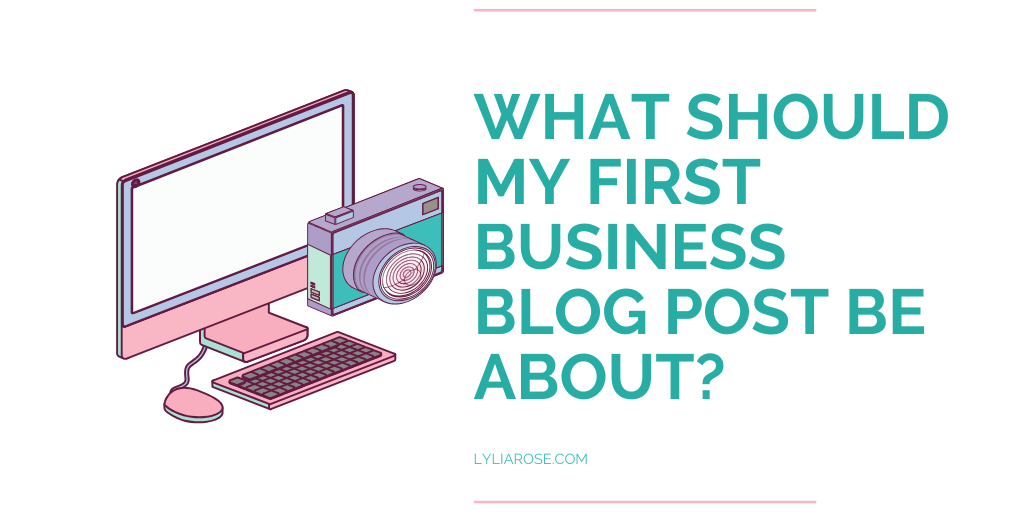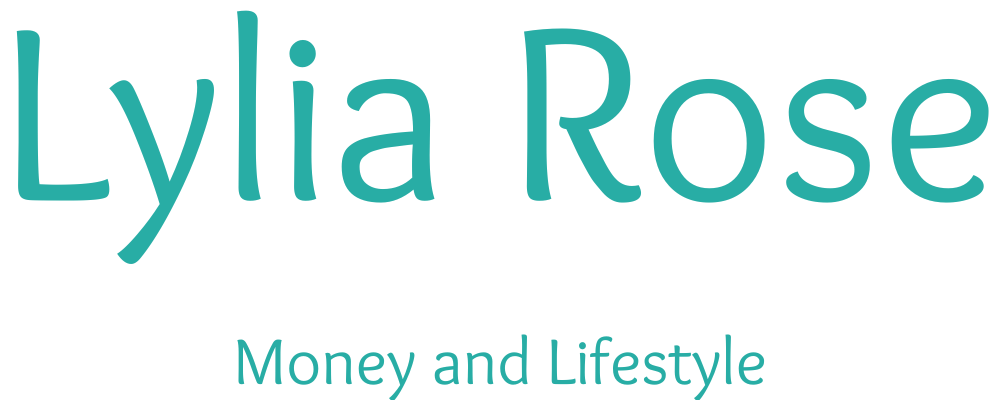What Should My First Business Blog Post Be About?
Posted on

Starting a business blog can feel exciting and intimidating all at once. You’ve launched your website, you’re proud of your products or services, and now you’ve reached that blank page moment: what on earth should I write first?
The first blog post often feels like the hardest one. You want to make a great impression, but you’re not sure what your audience actually wants to read. The truth is, that very first post doesn’t need to be perfect. It just needs to start a conversation — to open the door between you and your potential customers.
If you’re wondering “What should my first business blog post be about?”, let’s explore some simple ideas and proven approaches that will make that first step feel easy and worthwhile.
Why your first business blog post matters
Your first post is more than just a piece of writing. It’s the start of your business’s story online.
Think of it as your handshake moment — the first time someone meets your brand in a personal, conversational way. It’s a chance to show your personality, your purpose, and what you can offer your readers.
It also helps search engines recognise your website as active and relevant. Every time you publish something new, you’re giving Google fresh content to crawl, which can help your site appear in search results.
But beyond algorithms, your first post is about connection. It’s about showing there’s a real person behind the business. People buy from people, not faceless brands.
So, what’s the best way to make that connection right from the start?
Tell your business story
Every business begins somewhere — with an idea, a challenge, or a spark of inspiration. Sharing that story is one of the most powerful ways to start your blog.
Write about why you started your business, what problem you wanted to solve, or what inspired your product. Be honest and human. Readers love to understand the “why” behind a brand.
If, for example, you handcraft wooden rings, talk about how you discovered your love for natural materials, how you learned your craft, and what keeps you passionate about it. Maybe it started as a hobby, or maybe it’s something you’ve built from years of experience. Those details bring your story to life and help people remember you.
You don’t need to sound formal or polished. The more authentic your story feels, the more readers will relate to it.
Introduce what your business does
Once you’ve told your story, make sure readers know exactly what you offer. Your first blog post should clearly explain what your business is all about.
Think about how to answer questions like:
-
What do you sell or create?
-
Who are your products or services for?
-
What makes them different from others on the market?
It’s tempting to write like a brochure, but try to keep the tone friendly and informative instead. You’re not pitching — you’re inviting people to learn more.
If you run an eco-friendly jewellery brand, for instance, explain how your materials are sourced sustainably and why that matters to you. If you offer business coaching, describe the kind of clients you help and the results they can expect.
The key is clarity. Make sure anyone reading your first post understands what you do and how it could benefit them.
Share your values and mission
Your business values are what set you apart. They help people see whether your brand aligns with their beliefs.
Use your first post to highlight what matters most to you — whether it’s sustainability, craftsmanship, creativity, or community. This builds emotional connection.
When readers feel your values match theirs, they’re more likely to stick around, subscribe, or buy from you later. It’s not just about selling a product; it’s about building trust.
For example, you might write:
“We believe in creating timeless, natural designs that leave as little impact on the planet as possible. Every ring is made by hand from sustainably sourced wood — no mass production, no waste.”
Statements like that turn browsers into believers.
Offer a behind-the-scenes glimpse
People are naturally curious. They love to see what goes on behind the scenes of a small business.
Your first blog post could include photos or short descriptions of how your products are made, packaged, or prepared. You could even introduce members of your team (or yourself, if you’re a one-person business).
This type of content makes your business feel more human and transparent. It’s also great for SEO later on, as people often search for terms like “how handmade jewellery is made” or “behind the scenes small business”.
You don’t have to reveal trade secrets — just give readers a glimpse into the process. It helps them feel part of your journey from day one.
Focus on your audience, not just you
It’s easy to start your blog by talking about yourself, but remember, your readers want to know what’s in it for them.
As you write, think about who you’re writing for. Picture your ideal customer. What would they want to learn, see, or understand from you?
For example:
-
What questions do they have before buying from you?
-
What might they want to know about your process or materials?
-
What advice could you offer that positions you as an expert in your niche?
Even in your introductory post, you can hint at the type of helpful content you’ll be sharing — tips, stories, insights, or how-tos.
Give readers a reason to come back
Use your first post to set the stage for what’s coming next. Tell people what they can expect from your blog in the future.
Maybe you plan to share updates on new collections, behind-the-scenes stories, tutorials, or business insights. Whatever your plan, mention it so readers know why it’s worth visiting again.
You could write something like:
“Over the coming months, I’ll be sharing more about how our rings are made, tips for choosing sustainable jewellery, and stories from our customers.”
It builds anticipation and gives your audience something to look forward to.
Keep it conversational
Your first business blog post doesn’t have to sound corporate. In fact, it shouldn’t.
Write the way you’d speak to a customer face-to-face. Use contractions like “you’re” and “it’s.” Keep sentences short. Don’t be afraid to show personality.
The goal is to make readers feel comfortable — like they’re chatting with a real person, not reading a press release.
If you’re unsure how to start, imagine explaining your business to a friend who’s never heard of it. That natural tone is exactly what works best online.
Add visuals if you can
Images make a big difference, especially if your business involves physical products or creative work.
Include photos of your workspace, your tools, your team, or your finished products. Visuals help break up text and keep readers engaged.
They also make your post more shareable on social media and can help with SEO when you add descriptive alt text (like “handmade wooden ring in oak” instead of “image1.jpg”).
End with a friendly call to action
Once someone finishes reading, don’t just leave them hanging. Encourage them to take the next step.
That might be signing up for your newsletter, following you on social media, browsing your shop, or even commenting on your post.
You could end with something simple, such as:
“I’d love to hear from you — what kind of topics would you like to see on this blog next?”
Inviting engagement turns casual readers into part of your community.
Example structure for your first post
If you’re still not sure where to begin, here’s a structure you can follow to get started:
-
A friendly introduction (why you’re writing and what your blog is about)
-
Your business story and what inspired it
-
What your business does and who it helps
-
Your values and what makes you different
-
A behind-the-scenes look or personal insight
-
What readers can expect from your future posts
-
A call to action
You can tweak this however you like, but this simple flow keeps your post natural, human, and purposeful.
Mistakes to avoid in your first business blog post
Before you hit publish, watch out for a few common pitfalls:
-
Writing only about yourself. Share your story, but balance it with what’s in it for your audience.
-
Being too formal. Keep it friendly and approachable.
-
Forgetting SEO basics. Include keywords like “starting a business blog” or “first business blog post” naturally in your text.
-
Overthinking it. Don’t aim for perfection; just get something meaningful published.
Remember, your first post doesn’t have to go viral. It’s just the beginning of your journey as a business blogger.
Final thoughts
That first business blog post is your opportunity to say, “Hello, this is who we are.” It’s your digital handshake — the start of a long and rewarding relationship with your readers.
So, keep it simple. Share your story, show your personality, and speak directly to your audience.
Once you’ve hit publish, you’ll find that every post after becomes easier to write. And before long, your blog will grow into a valuable part of your business — helping you reach new customers, build trust, and share what makes your brand truly special.
